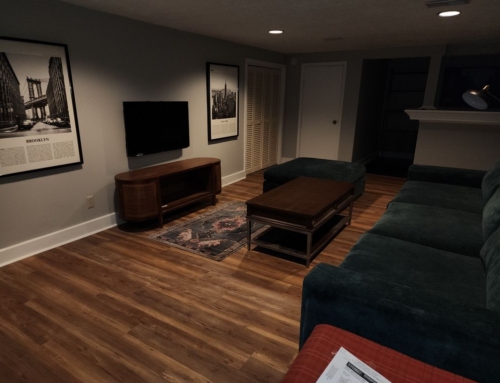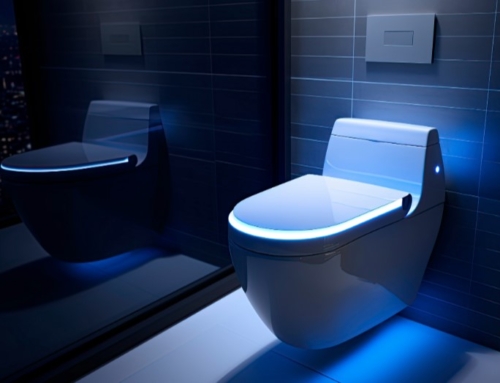The feeling of walking barefoot on a heated floor in the middle of January with a cup of something hot in your hand is something you can never forget. If you would like to experience this luxurious feeling of warmth, but have cold feet because you don’t know where to start, Flooring Masters is here to help!
Why Radiant Floor Heating?
The first heated floors were elevated marble in ancient Rome that had fires fanned beneath them. Thankfully, slaves are no longer needed to fan fires and heat your floor today. Anyone replacing their flooring should consider radiant heating. It is energy efficient, helps your furnace to not have to work as hard or at all, and you will never have to scoot across the bathroom floor on a mat or towel to keep from stepping onto cold tile again. One downside to radiant floor heating is that you have to be building a new home, or ready to tear out and replace your flooring to install it. There is a newer option of installing heated pads between the joists in your floor, but you must have access to the joists through a crawlspace or basement.
Hot Head and Cold Feet?
Radiant floor heating works differently and more efficiently than your furnace because it conducts the heat through the surface of your floor instead of the air. Focusing on heating the air in our homes is what causes flooring to stay cold. The hot air rises naturally, then it falls back to the floor as it cools. This is why sweat beads on your face while your feet stay frozen. Radiant floor heating starts at the floor, and radiates heat into the rest of the structure of your home. When we warm ourselves from the floor upward, we warm our entire bodies at a lower temperature by getting rid of our cold feet and hot upper body.
Radiant Floor Heating System Options
There are two types of radiant heated floors. The most common is electric, where the floor is heated by electric wires. There are also hydronic heated floors, where the floor is heated by tubes filled with hot water. Electric is easier, and more affordable to install, but costs more to operate. This makes them the preferred choice for radiant heat in smaller spaces. Hydronic heated floors cost more up front, and are more complicated to install. However, hydronic costs less to operate, so it makes better sense for heating large rooms or entire homes. A hydronic heated floor may be connected to your water heater, or a boiler to source its heat from.
Which Flooring Material is Best for Radiant Floor Heating?
When choosing your flooring to install with radiant heat, the best option is tile. Ceramic, porcelain, natural stone, and concrete tiles conduct and hold the heat much better than any other type of flooring. They can also withstand much higher temperatures. Heating vinyl or laminate flooring will set some low limits on how high you can turn up the heat. Natural hardwood also can’t take as much heat as tile. It expands and contracts because of the heat which can create gaps, but experienced installers like us know how to keep these gaps from being created if you would like to keep your hardwood heated.











